Avascular Necrosis
Avascular necrosis (AVN), also known as aseptic osteonecrosis, occurs when blood flow to a bone is disrupted, leading to oxygen deprivation and the eventual death of bone tissue. The most commonly affected site is the femoral head, though AVN can also involve the femoral condyles, humeral head, talus, calcaneus, or navicular bones.
At Hyperbaric Medical Solutions, under the guidance of Dr. Alan Katz, AVN is viewed not just as structural bone failure but as a metabolic, oxygen-deprivation disease. When oxygen levels drop, bone cells lose vitality, inflammation increases, and tissue repair halts—causing pain, stiffness, and progressive loss of joint function.
Hyperbaric Oxygen Therapy (HBOT) helps address this underlying hypoxia by delivering 100% oxygen under increased atmospheric pressure. This process restores oxygen at a cellular level, stimulates new bone and blood vessel growth, reduces inflammation, and supports tissue repair. By improving the bone’s metabolic environment, HBOT can help stabilize or preserve bone integrity and, in many cases, delay or even avoid the need for surgery.
-3.png?width=700&name=Untitled%20design%20(7)-3.png)
HBOT for Treating Avascular Necrosis (AVN)
Hyperbaric Oxygen Therapy is used as a bone-preservation treatment to address the underlying oxygen-deprivation process seen in avascular necrosis.
HBOT functions to:
- Increase oxygen delivery to compromised bone tissue
- Support bone cell viability and metabolic repair
- Promote new blood vessel formation (angiogenesis)
- Reduce inflammation and intraosseous pressure
- Enhance signaling pathways involved in tissue regeneration
- Improve outcomes when combined with biologic therapies such as PRP Therapy
See if HBOT is Right For You
HBOT may be considered for patients who are seeking a preservation-focused approach to AVN management. It may be appropriate if any of the following apply:
- You have been diagnosed with early to mid-stage AVN
- You are looking to delay or avoid hip replacement surgery
- You are experiencing pain, limited mobility, or progressive symptoms
- You are exploring regenerative options such as PRP Therapy and want to improve biologic response
- You prefer a proactive treatment strategy rather than observation alone
Each case is reviewed individually by our clinical team to determine appropriate candidacy for HBOT. As an outpatient program, Hyperbaric Medical Solutions is able to provide access to treatment with a single copay and lower coinsurance than many hospital-based hyperbaric programs, helping patients begin care more efficiently.
Call us today at (646) 846-2081 or click the “Get Started” button to take the next step with Hyperbaric Oxygen Therapy and learn how it can help you accelerate healing and achieve optimal health!
Understanding AVN & Regenerative Treatment Strategy
Avascular necrosis occurs when blood supply to bone tissue is reduced or interrupted. Without sufficient oxygen delivery, bone cells fail to maintain structural integrity, leading to progressive tissue compromise. Early AVN is a metabolic failure, not merely a structural issue.
Once structural collapse begins, regenerative options become limited. HBOT is most effective when introduced before significant bone deformation occurs, allowing oxygen-driven repair mechanisms to stabilize the femoral head and preserve joint function.
HBOT increases tissue oxygen levels beyond what is achievable through normal breathing. Under pressurized conditions, oxygen dissolves directly into plasma, reaching areas with compromised blood flow. This metabolic effect supports bone cell recovery, reduces intraosseous pressure, and promotes angiogenesis.
Traditional orthopedic management focuses on joint replacement once structural failure occurs. A regenerative model, such as the one used at Hyperbaric Medical Solutions, aims to preserve native bone through metabolic correction rather than immediate surgical replacement when possible.
PRP Therapy, available at Hyperbaric Medical Solutions, can be used alongside HBOT to improve cellular response. Increased oxygenation enhances the effectiveness of platelet-derived growth factors, stem cell activity, and tissue signaling involved in bone repair.
Research such as Camporesi et al. (2010) demonstrated long-term pain reduction and surgery avoidance following HBOT. Extended outcome data published in 2024 (PMC) and PubMed Central 2024 reinforced structural stability findings. Yale Medicine also identifies HBOT as a bone preservation strategy when applied early in AVN progression.
How HBOT Supports Bone Preservation
Hyperbaric oxygen therapy (HBOT) increases plasma oxygen concentration, enabling oxygen to reach areas of compromised circulation within the femoral head.
By improving tissue oxygenation, HBOT helps maintain bone cell viability, stimulates angiogenesis, and may reduce intraosseous pressure. These effects form the foundation of the preservation-first approach used at Hyperbaric Medical Solutions.
- Camporesi et al., 2010: Long-term follow-up showed many patients remained pain-free and avoided hip replacement for up to seven years after HBOT.
- Katz, Singh, Thomson (Int. J. Adv. Res., 2020): Measurable improvements in bone density and bone turnover markers shown following HBOT
- Yale Medicine: Identifies HBOT as an effective bone-preservation strategy, especially when started before structural failure.
- PMC, 2024: Extended follow-up confirmed continued structural stability in select cases.
- PubMed Central, 2024: MRI studies demonstrated improved bone signal and reduced progression to collapse.
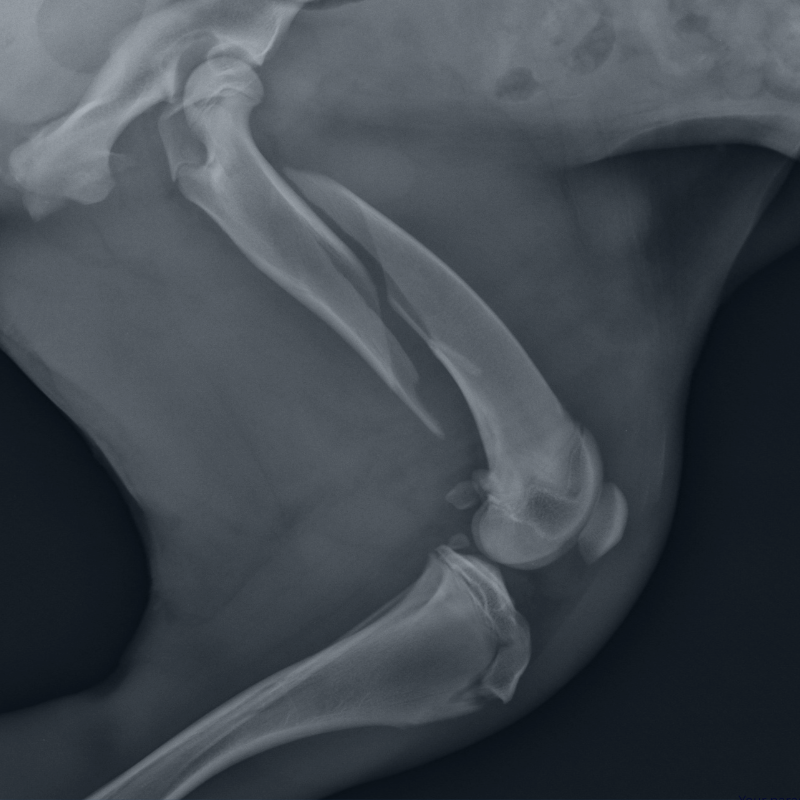
Read More About HBOT
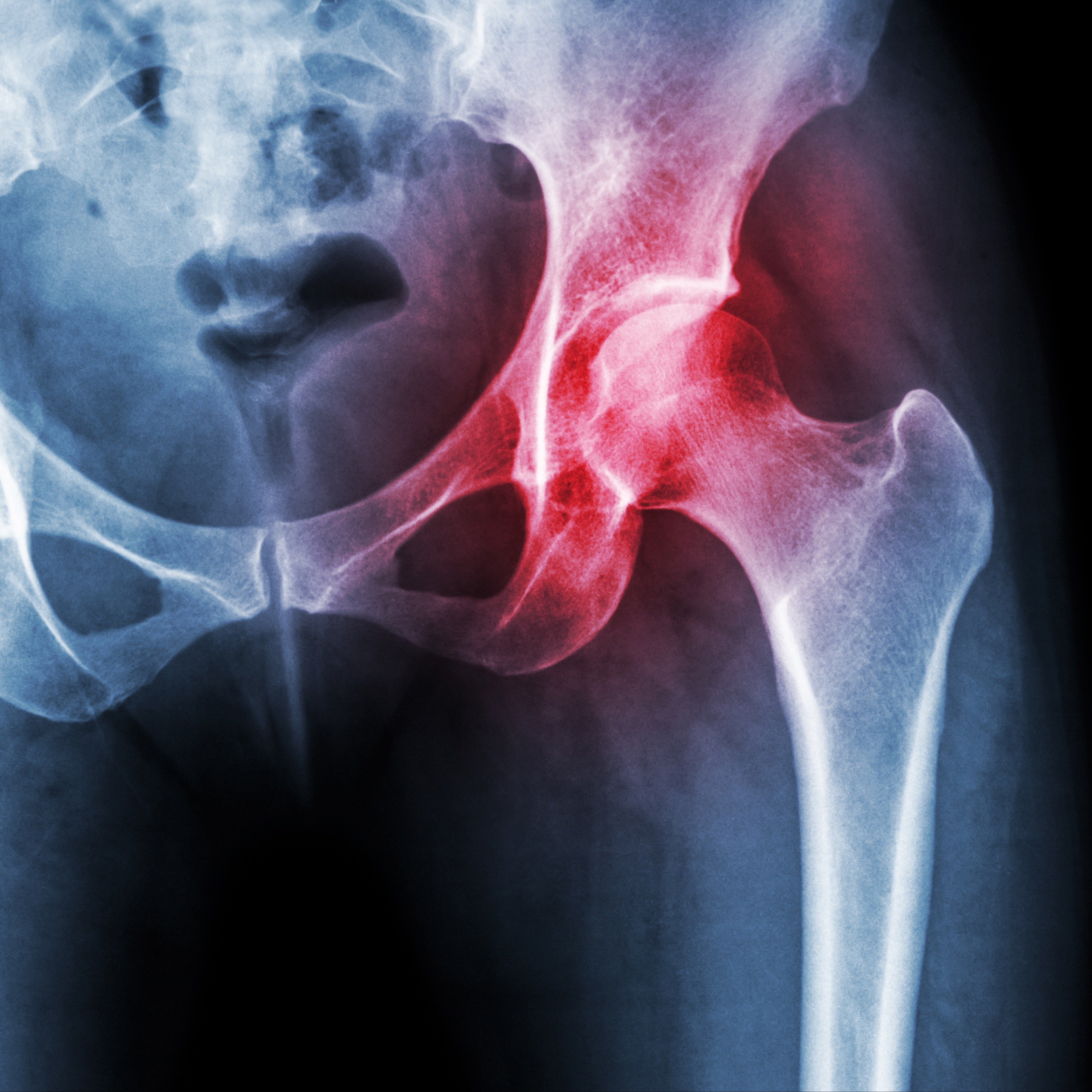
Hyperbaric Oxygen Therapy: A Game-Changer in Avascular Necrosis (AVN) of the Femur
Discover how Hyperbaric Oxygen Therapy (HBOT) revolutionizes the treatment of avascular necrosis (AVN) of the femur, offering a non-surgical path to bone rejuvenation and healing.
Read More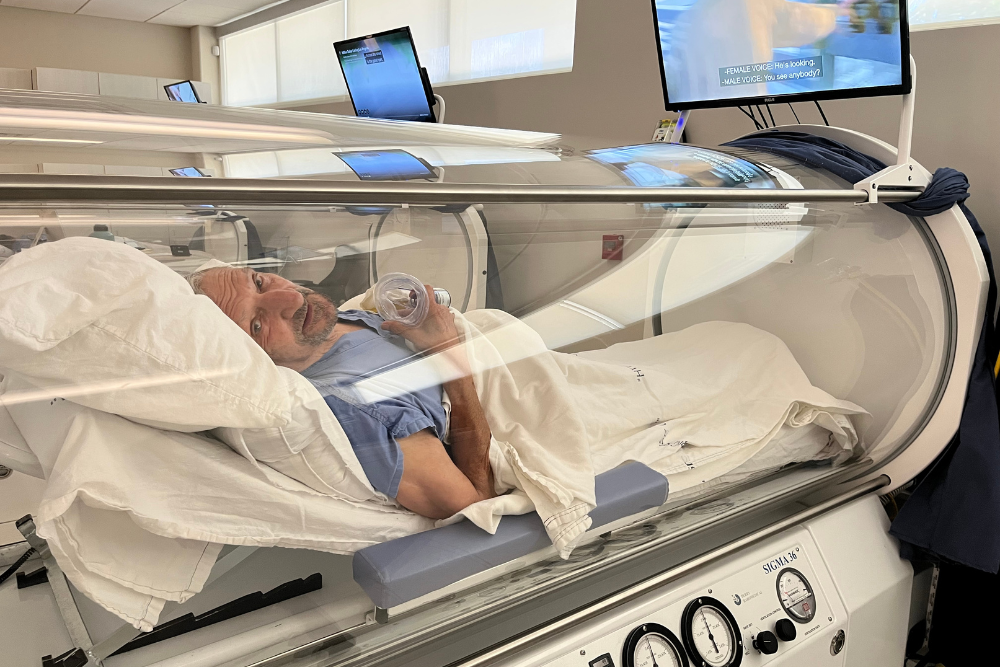
What to Look for in a Hyperbaric Oxygen Therapy (HBOT) Clinic
Looking for a safe, effective HBOT clinic? Learn what to look for — and why patients trust Hyperbaric Medical Solutions for medical-grade care.
Read More
Harnessing the Power of HBOT for Men's Health
Hyperbaric Oxygen Therapy (HBOT) can address common male and men's health challenges and improving overall quality of life for men.
Read More
Treating Radiation Damage with Hyperbaric Oxygen Therapy
Hyperbaric oxygen therapy is a safe, non-invasive treatment that targets and repairs damaged body tissue caused by radiation therapy.
Read More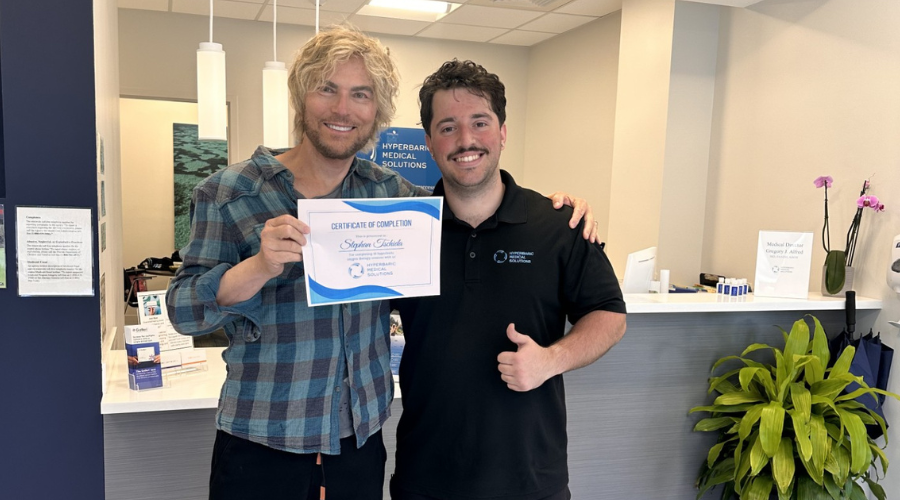
Case Study: Delayed Radiation Effects Resolved with HBOT
In this case, Hyperbaric Oxygen Therapy helped a patient with delayed radiation damage from prostate cancer.
Read More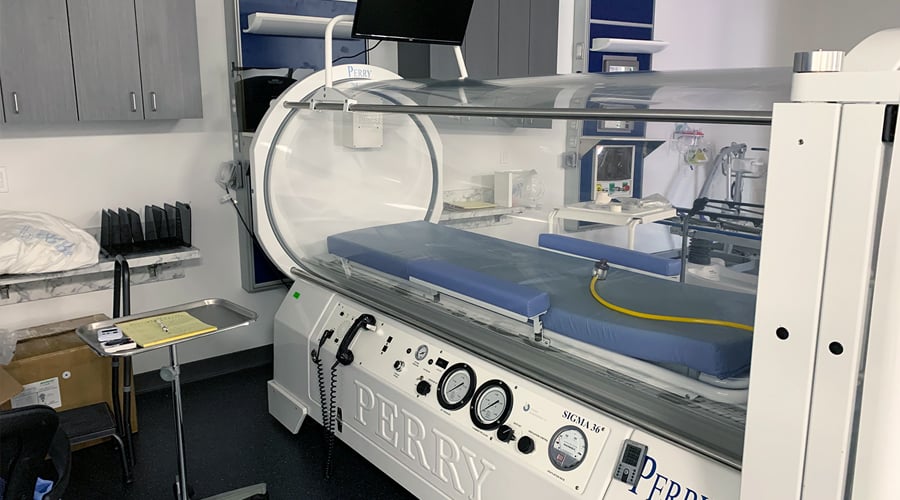
How Often Should You Do Hyperbaric Oxygen Therapy?
Learn how often you should do hyperbaric oxygen therapy sessions to get the best results for your health and healing.
Read More
Is Hyperbaric Oxygen Therapy Covered by Insurance?
Insurance coverage for hyperbaric oxygen therapy (HBOT). The FDA recognizes HBOT for 14 conditions, which are generally covered by insurance.
Read More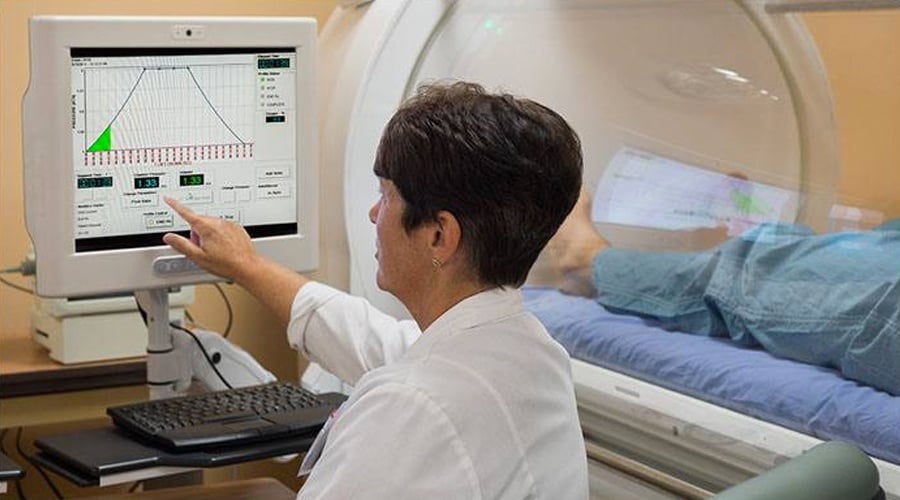
Types of Hyperbaric Chambers
There are two common types of hyperbaric chambers, monoplace—which holds one patient at a time—and multiplace, which can accommodate multiple patients at once.
Read More
How Much Does Hyperbaric Oxygen Therapy Cost?
The cost of hyperbaric oxygen therapy varies, depending on whether or not your insurance will pay for it, and the severity of your symptoms.
Read More
6 Reasons Top Athletes Use Hyperbaric Oxygen Therapy
6 reasons top athletes use hyperbaric oxygen therapy for improved performance.
Read MoreExperience HBOT at These Locations
Woodbury, NY
(516) 757-0716
Learn MoreManhattan, NY
(646) 760-3474
Learn MoreFort Lauderdale, FL
(954) 507-3913
Learn MoreMiami, FL
786-550-1975
Learn MoreRandolph, MA
(781) 961-7887
Learn More